Dive into the world of Fruits That Begin with “A” From familiar favorites to exotic delights, explore this comprehensive guide tailored for fruit enthusiasts in the USA. Discover nutritional facts, culinary uses and where to find these delightful treats.
Embarking on a fruitful journey through the alphabet, we kickstart our exploration with fruits that begin with the letter “A.” These fruits, ranging from the common to the curious, offer a plethora of flavors, textures and nutritional benefits. Whether you’re a seasoned fruit connoisseur or simply looking to expand your culinary horizons, this guide is your passport to the diverse and delicious realm of “A” fruits.
1. Apple
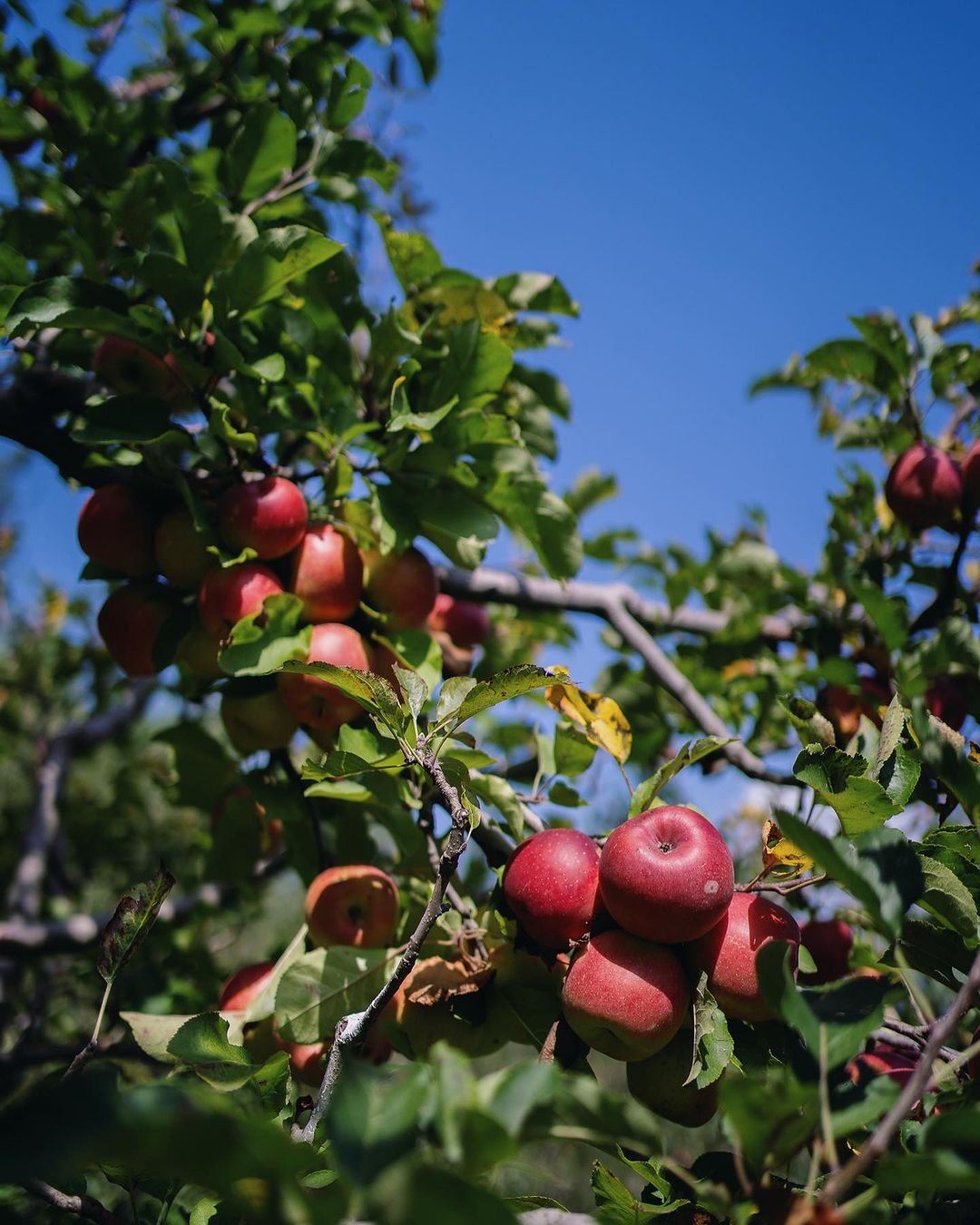
Here’s a detailed and verified chart for an Apple tree (Malus domestica):
| Category | Details |
|---|---|
| Botanical Name | Malus domestica |
| Common Name | Apple |
| Plant Name | Apple tree |
| Zone | Typically zones 4-8 |
| Sun Exposure | Full sun |
| Soil Type | Well-draining, loamy soil |
| Watering | Regular; moderate water needs |
| Growth Habit | Deciduous tree |
| Height/Spread | Varies by cultivar; typically 15-30 feet tall and wide |
| Special Features | Edible fruits with various flavors and colors |
Apples are not just a symbol of good health; they’re a versatile fruit that can be enjoyed in countless ways. With over 7,500 varieties worldwide, there’s an apple to suit every taste. The Red Delicious, known for its bright red skin, is a favorite for its sweetness. The Granny Smith, with its tart flavor and crisp texture, is a baker’s delight, perfect for pies and crisps. Apples are a rich source of fiber, particularly pectin, which can help lower cholesterol levels and promote digestive health. The skin of apples is where most of their antioxidants lie, so it’s best to eat them with the skin on for maximum nutritional benefits.
2. Apricot
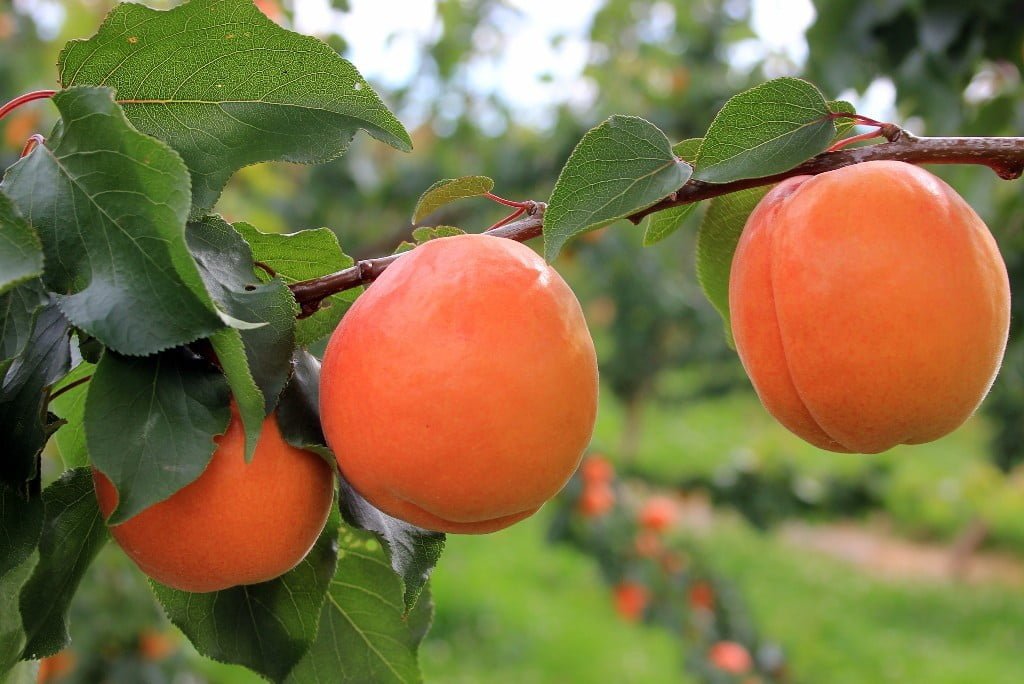
Here’s a detailed and verified chart for an Apricot tree (Prunus armeniaca):
| Category | Details |
|---|---|
| Botanical Name | Prunus armeniaca |
| Common Name | Apricot |
| Plant Name | Apricot tree |
| Zone | Typically zones 5-8 |
| Sun Exposure | Full sun |
| Soil Type | Well-draining, sandy loam |
| Watering | Regular; prefers moist but not waterlogged soil |
| Growth Habit | Deciduous tree |
| Height/Spread | Usually 15-20 feet tall and wide |
| Special Features | Edible fruits with a sweet, tangy flavor; early blooming |
Originating in China, apricots have been cultivated for over 4,000 years. They are not only delicious but also highly nutritious, containing vitamins A and C, potassium, and fiber. Apricots can be enjoyed fresh, dried or even as a juice. Dried apricots are a convenient snack, rich in iron and dietary fiber. In the kitchen, apricots can be used in both sweet and savory dishes, adding a unique flavor profile to salads, meat dishes and of course, desserts like tarts and crisps.
3. Avocado
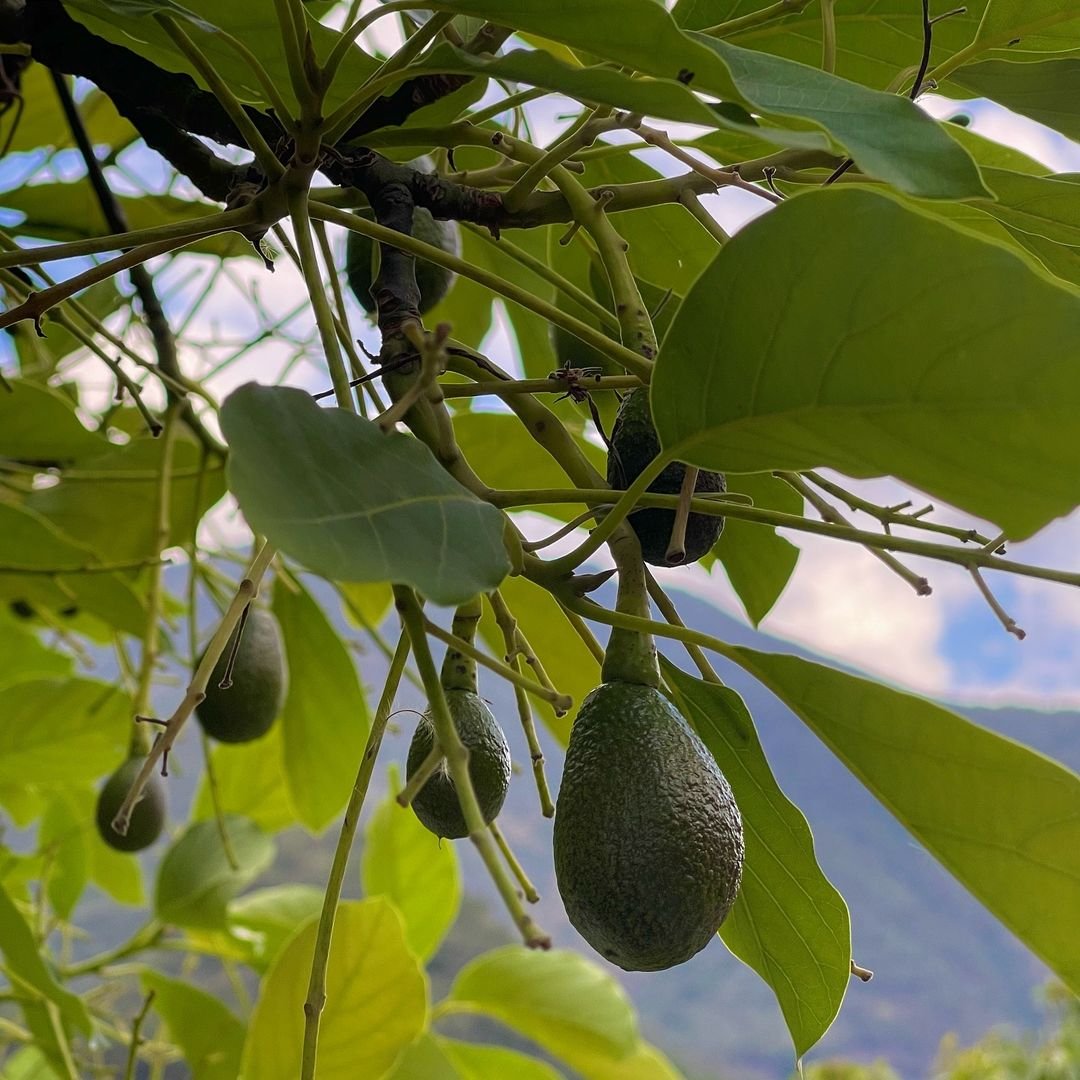
Here’s a detailed and verified chart for an Avocado tree (Persea americana):
| Category | Details |
|---|---|
| Botanical Name | Persea americana |
| Common Name | Avocado |
| Plant Name | Avocado tree |
| Zone | Typically zones 9-11 |
| Sun Exposure | Full sun |
| Soil Type | Well-draining, fertile soil |
| Watering | Regular; prefers consistently moist soil |
| Growth Habit | Evergreen tree |
| Height/Spread | 30-40 feet tall, spreading habit |
| Special Features | Edible fruits with creamy texture and high nutritional value |
The avocado, often referred to as an alligator pear due to its shape and skin, is a nutrient-dense fruit. It’s unique in its high content of healthy fats, particularly monounsaturated fat, which can help improve cholesterol levels. Avocados are also a good source of vitamins E, K and B6, as well as riboflavin, niacin, folate, pantothenic acid, magnesium and potassium. Enjoyed in salads, sandwiches or as guacamole, avocados add a creamy texture and rich flavor to any dish.
4. Atemoya

Here’s a detailed and verified chart for Atemoya (Annona squamosa):
| Category | Details |
|---|---|
| Botanical Name | Annona squamosa |
| Common Name | Atemoya, Sugar apple |
| Plant Name | Atemoya tree |
| Zone | Typically zones 10-11 |
| Sun Exposure | Full sun |
| Soil Type | Well-draining, fertile soil |
| Watering | Regular; prefers consistently moist soil |
| Growth Habit | Small to medium-sized tree |
| Height/Spread | 15-30 feet tall, spreading habit |
| Special Features | Hybrid fruit combining attributes of sugar apple (Annona squamosa) and cherimoya (Annona cherimola); sweet and creamy flesh with a unique tropical flavor |
A hybrid of the cherimoya and the sugar apple, the atemoya is a tropical fruit that’s gaining popularity for its unique flavor and texture. It resembles a heart shape with a green, leathery skin. The flesh inside is creamy and sweet, with a taste reminiscent of pineapple, banana and mango. Atemoyas are rich in vitamins A and C, as well as dietary fiber, making them a healthy addition to any diet. They can be eaten fresh, blended into smoothies or used in tropical fruit salads.
5. Asian Pear

Here’s a detailed and verified chart for Asian Pear (Pyrus pyrifolia):
| Category | Details |
|---|---|
| Botanical Name | Pyrus pyrifolia |
| Common Name | Asian Pear |
| Plant Name | Asian Pear tree |
| Zone | Typically zones 5-9 |
| Sun Exposure | Full sun |
| Soil Type | Well-draining, loamy soil |
| Watering | Regular; prefers moist but not waterlogged soil |
| Growth Habit | Deciduous tree |
| Height/Spread | Varies by cultivar; typically 15-30 feet tall and wide |
| Special Features | Crisp and juicy fruits with a mild, sweet flavor; often eaten fresh or used in salads and desserts |
Also known as the apple pear, the Asian pear is a crisp and juicy fruit that’s round like an apple but with the texture of a pear. It’s a good source of dietary fiber, vitamin C and copper. Asian pears are delicious eaten raw, offering a sweet and slightly grainy texture. They can also be used in salads, as a crunchy addition to stir-fries or even pickled in Asian cuisine.
6. Acai
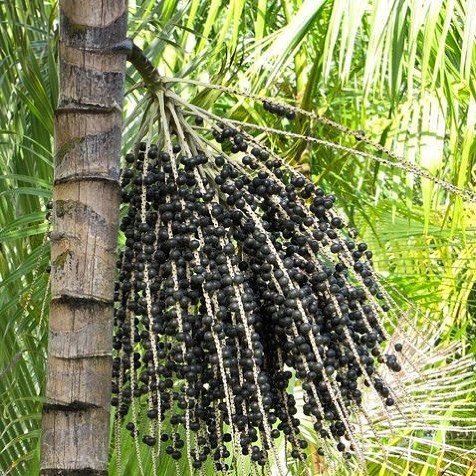
Here’s a detailed and verified chart for Açaí palm (Euterpe oleracea):
| Category | Details |
|---|---|
| Botanical Name | Euterpe oleracea |
| Common Name | Açaí |
| Plant Name | Açaí palm |
| Zone | Typically zones 10-12 |
| Sun Exposure | Partial shade to full sun |
| Soil Type | Well-draining, sandy soil |
| Watering | Regular; prefers consistently moist soil |
| Growth Habit | Clumping palm |
| Height/Spread | 15-25 feet tall, clumping habit |
| Special Features | Small, dark purple berries with high antioxidant content; harvested for their nutritious pulp used in juices, smoothies, and bowls |
Açaí berries, native to the Amazon, have become a global superfood sensation. They are small, dark purple berries that grow on the açaí palm tree. Açaí is celebrated for its high antioxidant content, particularly anthocyanins, which give it its deep color. It’s also a good source of fiber and healthy fats. Açaí is most commonly enjoyed as a part of açaí bowls, mixed with fruits and granola or as a juice or smoothie.
7. Aronia
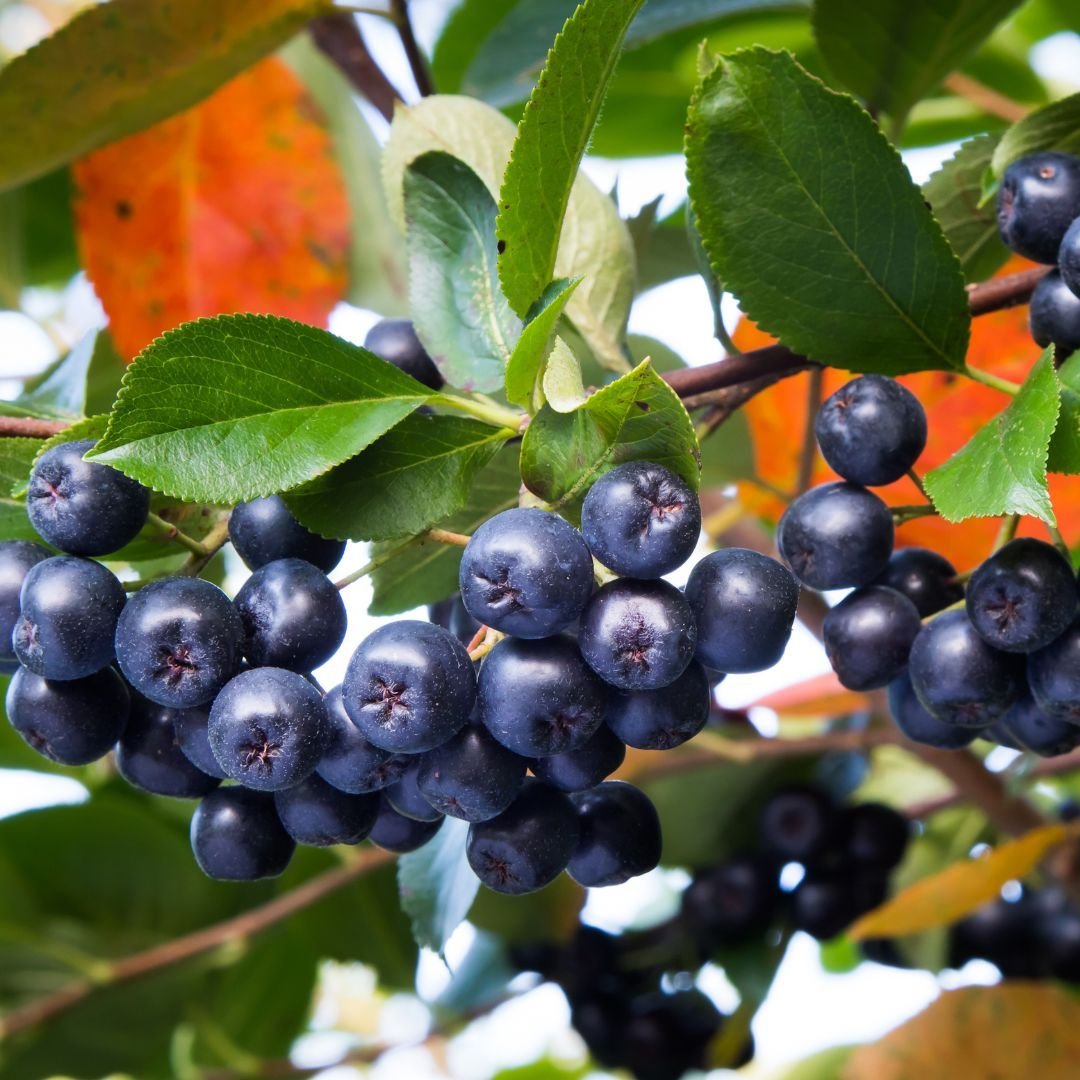
Here’s a detailed and verified chart for Aronia, commonly known as Chokeberry (Aronia spp.):
| Category | Details |
|---|---|
| Botanical Name | Aronia spp. |
| Common Name | Aronia, Chokeberry |
| Plant Name | Aronia shrub |
| Zone | Typically zones 3-8 |
| Sun Exposure | Full sun to partial shade |
| Soil Type | Well-draining, fertile soil |
| Watering | Regular; drought-tolerant once established |
| Growth Habit | Deciduous shrub |
| Height/Spread | 3-8 feet tall, spreading habit |
| Special Features | Edible berries high in antioxidants; used in juices, jams, and as ornamental shrubs for their spring flowers and fall foliage |
Aronia berries, also known as chokeberries, are a deep purple fruit that’s native to North America. They are incredibly high in antioxidants, especially flavonoids, which have been studied for their potential health benefits, including anti-inflammatory and antiviral properties. Aronia berries have a tart flavor and can be eaten fresh, though they are more commonly used in juices, jams and sauces to add a healthful twist to meals.
8. Ambarella
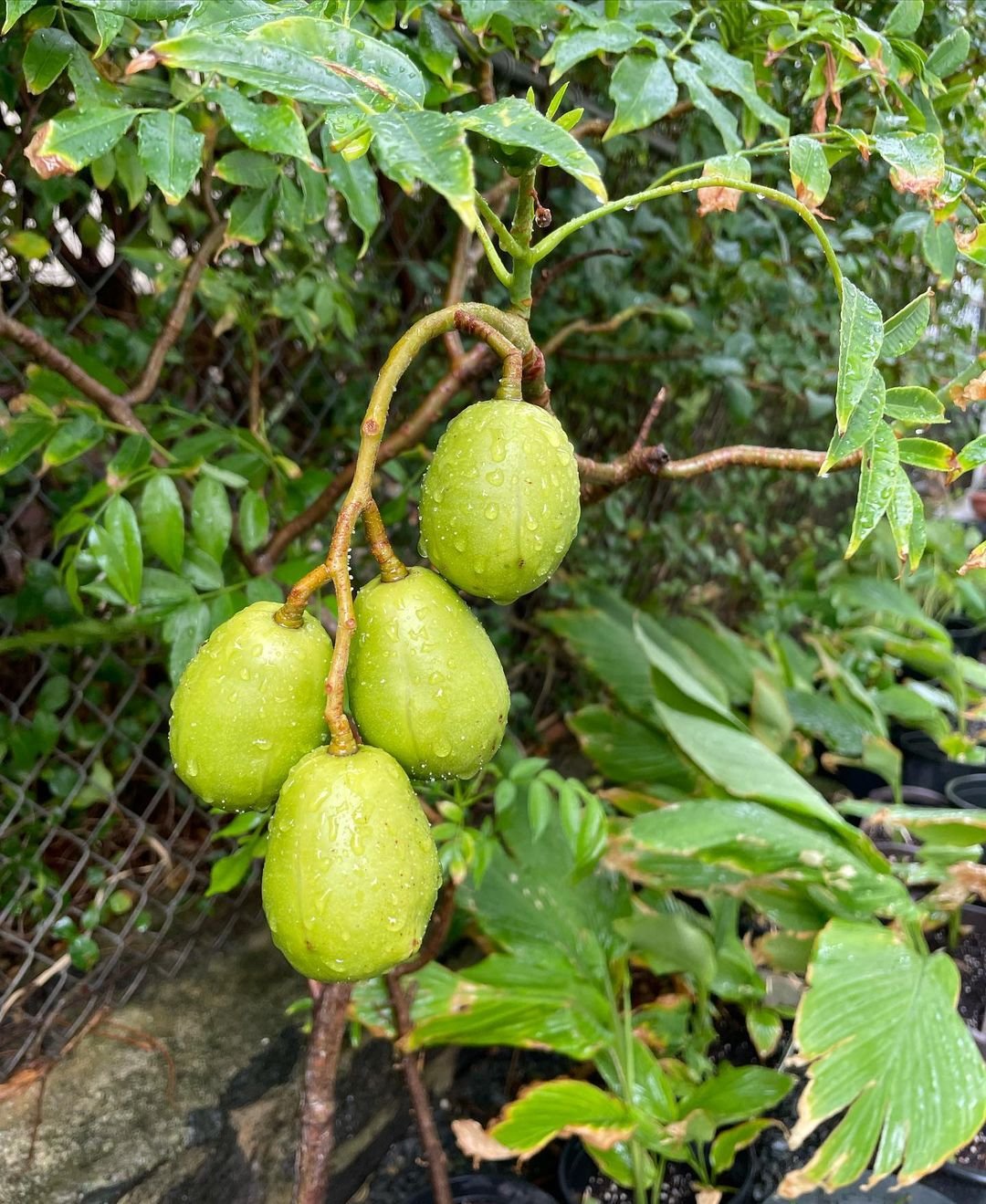
Here’s a detailed and verified chart for Ambarella (Spondias dulcis), also known as June plum or Golden apple:
| Category | Details |
|---|---|
| Botanical Name | Spondias dulcis |
| Common Name | Ambarella, June plum, Golden apple |
| Plant Name | Ambarella tree |
| Zone | Typically zones 10-12 |
| Sun Exposure | Full sun |
| Soil Type | Well-draining, fertile soil |
| Watering | Regular; prefers consistently moist soil |
| Growth Habit | Deciduous tree |
| Height/Spread | Up to 30-40 feet tall and wide |
| Special Features | Edible fruit with tangy-sweet flavor and juicy flesh; used in salads, beverages, and preserves |
The ambarella, a fruit native to tropical America, is known for its unique sweet-sour taste when ripe. It’s a good source of vitamin C and can be enjoyed in various ways. Eaten fresh, ambarella offers a refreshing snack. It can also be made into jams, chutneys and even used in cooking to add a tangy flavor to dishes.
9. Annona
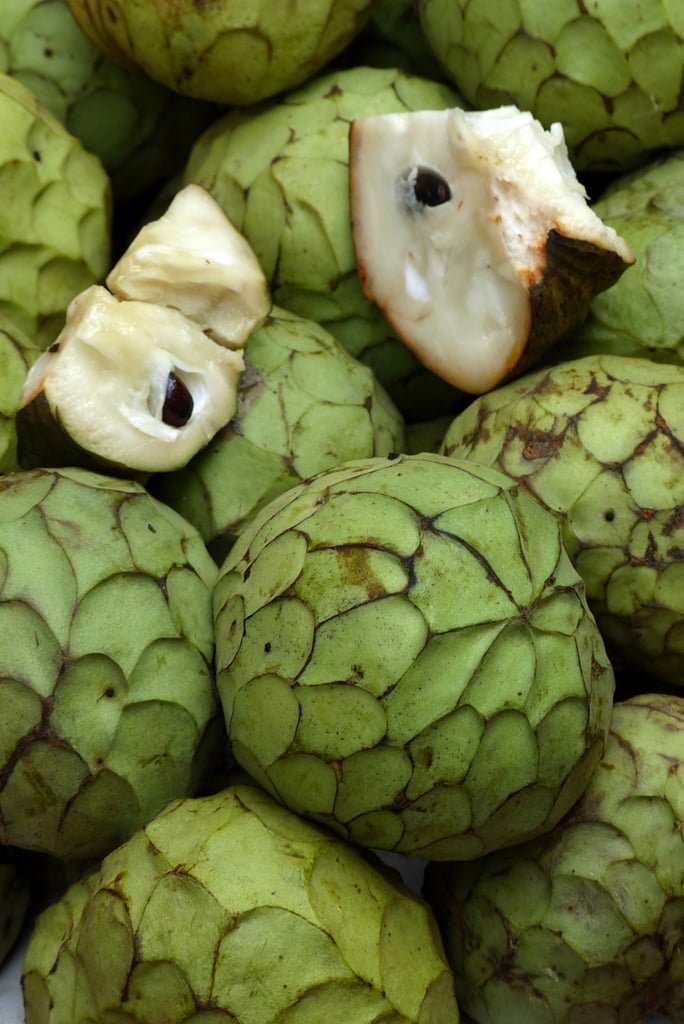
Certainly! “Annona” refers to a genus of tropical fruit trees that includes several well-known species. Here’s a general chart for Annona:
| Category | Details |
|---|---|
| Botanical Name | Annona cherimola |
| Common Name | Annona, Cherimoya, chirimuya and custard apple |
| Plant Name | Annona tree |
| Zone | Typically zones 10-11 |
| Sun Exposure | Full sun |
| Soil Type | Well-draining, fertile soil |
| Watering | Regular; prefers consistently moist soil |
| Growth Habit | Small to medium-sized trees |
| Height/Spread | Varies by species; typically 10-30 feet tall |
| Special Features | Edible fruits with unique flavors and creamy texture; commonly used in desserts, juices, and eaten fresh |
The annona family includes several fruits, each with its distinct taste and texture. The cherimoya, often called the custard apple, has a sweet, creamy flesh that’s similar to a blend of banana, pineapple and papaya. The soursop has a more acidic taste and is used in juices, smoothies and sorbets. The custard apple, with its sweet, aromatic flesh, is enjoyed fresh or used in desserts. All annonas are rich in vitamins and minerals, offering a nutritious treat.
10. African Star Apple
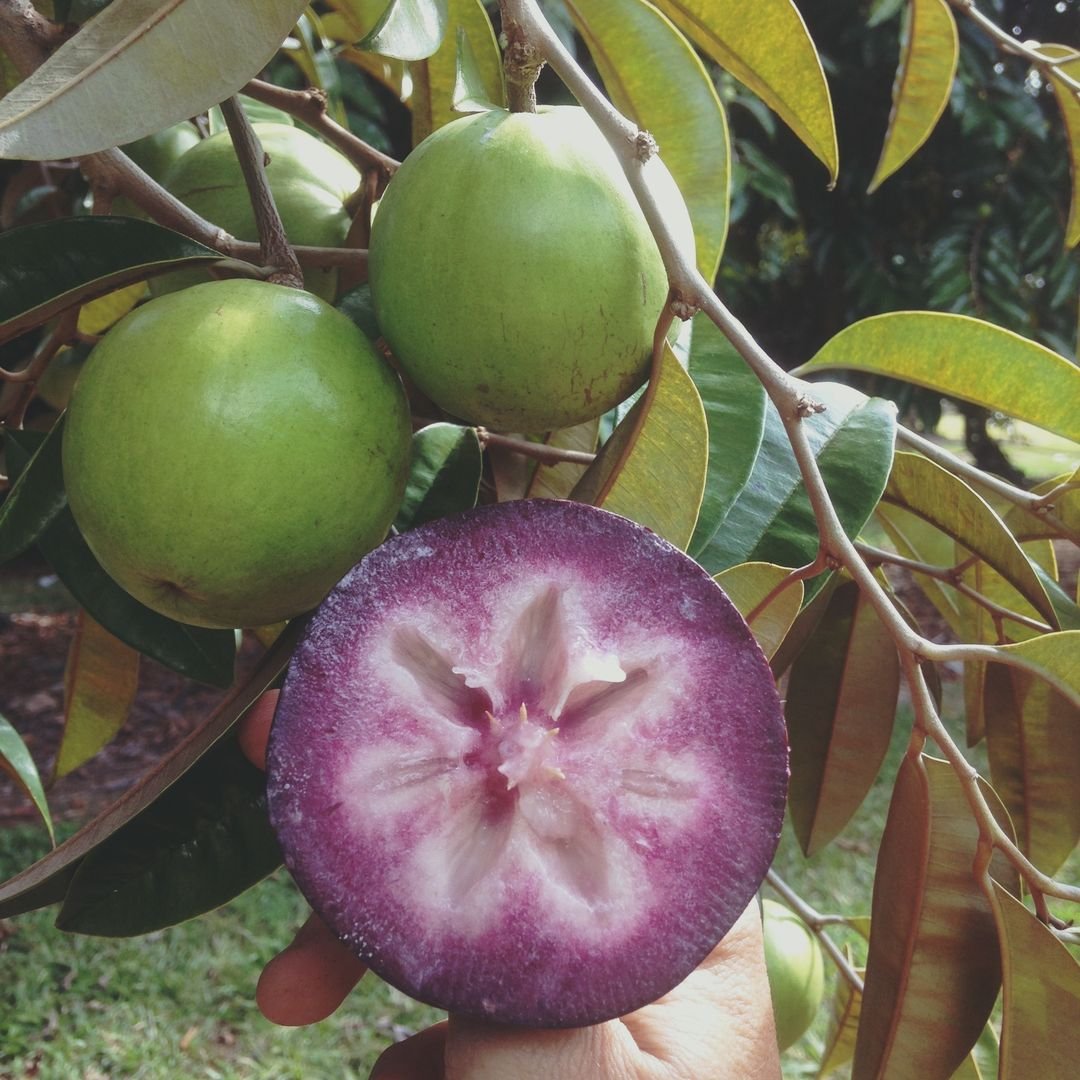
Here’s a detailed and verified chart for African Star Apple (Chrysophyllum albidum), also known as White Star Apple or Udara:
| Category | Details |
|---|---|
| Botanical Name | Chrysophyllum albidum |
| Common Name | African Star Apple, White Star Apple, Udara |
| Plant Name | African Star Apple tree |
| Zone | Typically zones 10-12 |
| Sun Exposure | Full sun |
| Soil Type | Well-draining, fertile soil |
| Watering | Regular; prefers consistently moist soil |
| Growth Habit | Evergreen tree |
| Height/Spread | Up to 30-50 feet tall and wide |
| Special Features | Edible fruit with sweet, juicy pulp and star-shaped core; commonly eaten fresh, used in desserts, or made into juice |
The African Star Apple, with its vibrant purple skin and translucent flesh, is not just a beauty to behold but also a fruit with a sweet, slightly acidic taste. It’s a good source of vitamins C and A, as well as calcium and iron. This fruit is often eaten fresh, offering a refreshing snack or made into juices to enjoy its unique flavor.
11. American Persimmon

Here’s a detailed and verified chart for American Persimmon (Diospyros virginiana):
| Category | Details |
|---|---|
| Botanical Name | Diospyros virginiana |
| Common Name | American Persimmon |
| Plant Name | American Persimmon tree |
| Zone | Typically zones 4-9 |
| Sun Exposure | Full sun to partial shade |
| Soil Type | Well-draining, fertile soil |
| Watering | Regular; drought-tolerant once established |
| Growth Habit | Deciduous tree |
| Height/Spread | 30-60 feet tall, spreading habit |
| Special Features | Edible fruit with sweet, jelly-like pulp when ripe; used in jams, baked goods, and eaten fresh |
The American Persimmon, a small, orange fruit, is native to North America. It’s sweet and slightly tangy when fully ripe and is a good source of dietary fiber, vitamin A and antioxidants. Enjoyed fresh, baked into pies or made into jams, the American Persimmon adds a unique flavor to both sweet and savory dishes.
12. Akebia

Here’s a detailed and verified chart for Akebia (Akebia quinata), also known as Chocolate Vine:
| Category | Details |
|---|---|
| Botanical Name | Akebia quinata |
| Common Name | Akebia, Chocolate Vine |
| Plant Name | Akebia vine |
| Zone | Typically zones 4-8 |
| Sun Exposure | Partial shade to full sun |
| Soil Type | Well-draining, fertile soil |
| Watering | Regular |
| Growth Habit | Deciduous vine |
| Height/Spread | 20-40 feet long, climbing habit |
| Special Features | Unique purple flowers; edible fruit with sweet pulp and mild flavor; used in teas and desserts |
Akebia or chocolate vine fruit, is a unique fruit known for its flavor reminiscent of chocolate-covered cherries. It’s rich in antioxidants and can be enjoyed fresh or used in desserts. The fruit’s exotic taste and health benefits make it a delightful addition to any meal.
13. Asian Longan

Here’s a detailed and verified chart for Asian Longan (Dimocarpus longan):
| Category | Details |
|---|---|
| Botanical Name | Dimocarpus longan |
| Common Name | Longan |
| Plant Name | Longan tree |
| Zone | Typically zones 10-11 |
| Sun Exposure | Full sun |
| Soil Type | Well-draining, fertile soil |
| Watering | Regular; prefers consistently moist soil |
| Growth Habit | Evergreen tree |
| Height/Spread | Up to 40-50 feet tall and wide |
| Special Features | Small, translucent fruits with sweet, juicy flesh; commonly eaten fresh, used in desserts, and canned |
The Asian Longan, often referred to as “dragon‘s eyes” due to their appearance, is a small, translucent fruit with a sweet, mild flavor. They are a good source of vitamins, minerals and antioxidants, making them a healthy snack. Longans can be eaten fresh, added to desserts or used in traditional Chinese soups for a sweet and nutritious element.
The fruits that begin with “A” offer a diverse and enriching experience for fruit enthusiasts. From the common apple, a staple in diets worldwide, to the exotic African Moringa, each fruit brings its unique flavor, texture and health benefits. As you explore this list, consider the ways these fruits can enhance your diet and culinary creations. Whether you’re looking to boost your health, discover new tastes or simply satisfy your curiosity, the “A” fruits have something wonderful to offer.